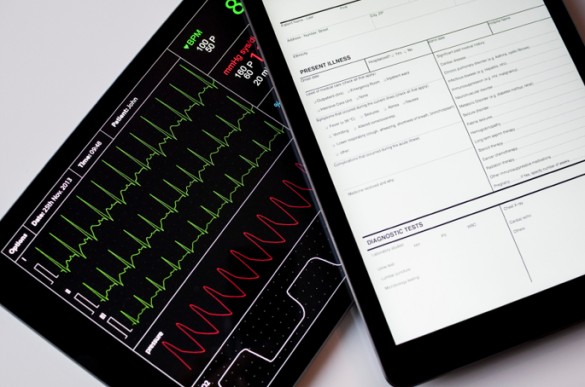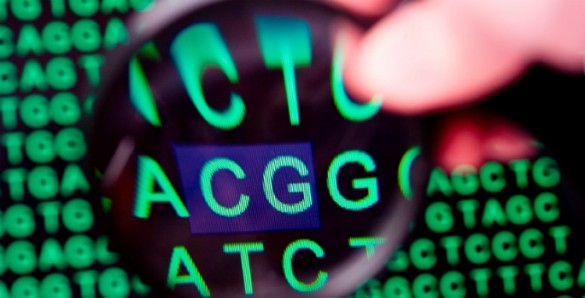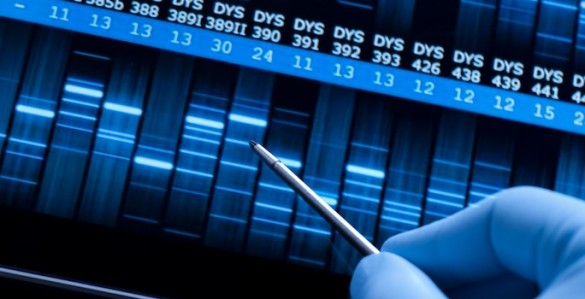
Electronic medical records (EMRs) and linked biobanks containing DNA offer a unique resource for probing the genetics that underlie variable responses to medications. Wei-Qi Wei, M.Med., Ph.D., Joshua Denny, M.D., and colleagues have used EMRs with linked biobanks to explore the responses of individuals to two commonly used lipid-lowering statin drugs.
They extracted information from EMRs to construct dose-response curves that define potency (the mean effective dose) and lipid-lowering efficacy for simvastatin and atorvastatin. They tested the association of potency and efficacy with 144 selected genetic variants that have an association with statin response.
They reported in the March issue of Clinical Pharmacology & Therapeutics that atorvastatin was more potent, more efficacious and demonstrated less interindividual variability than simvastatin. The study replicated associations between candidate gene variants and statin response and advanced the understanding of the biology underlying statin response.
The findings validate the use of EMRs and linked biobank DNA to define and understand the genetic factors that contribute to drug response.
This research was funded by the National Institutes of Health through grants RR024975, HL069757, HL065962, GM092318, and by the American Heart Association.
Send suggestions for articles to highlight in Aliquots and any other feedback about the column to aliquots@vanderbilt.edu















